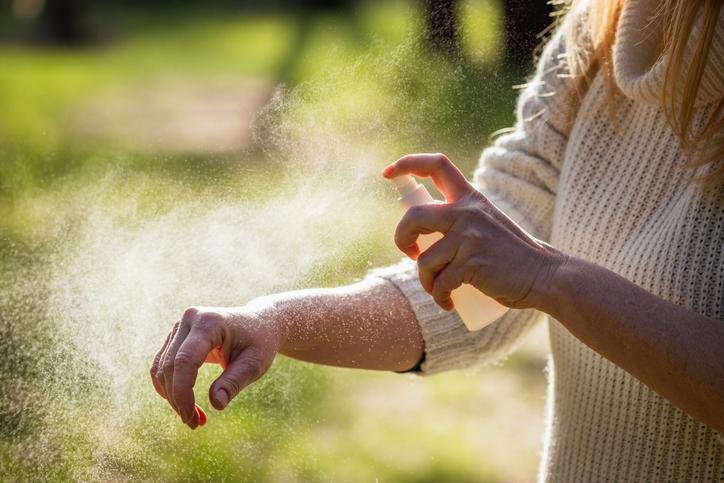28 мая 2022
How To Properly Treat Scratches and Cuts To Avoid Infection


28 мая 2022
How To Properly Treat Scratches and Cuts To Avoid Infection
Sepsis occurs when the body overreacts to an infection, releasing chemicals into the bloodstream that eventually cause organ failure and death. A simple cut can quickly become a serious health hazard. Use the following guidelines to act quickly and avoid further complications.
## Step-by-step instructions:
__Wash your hands thoroughly.__ Use cool or lukewarm water and a mild soap or a cleanser to gently remove any dirt.
__Stop the bleeding.__ Minor cuts and scratches usually stop bleeding on their own. For minor injuries, just hold a clean cloth or handkerchief to the wound until the bleeding stops.
__Clean the wound.__ Keep the wound under running tap water to reduce the risk of infection. Wash the wound with soap and water but do not allow soap to stay in the wound. Remove dirt and debris with tweezers moistened with alcohol. See a doctor if you cannot remove all the debris.
__Apply the remedy.__ Treat small scratches with a gauze swab soaked in 3 % hydrogen peroxide.
__Do this in a blotting motion.__ Do not pour the hydrogen peroxide on the damaged area. For deeper cuts, apply a thin layer of antibiotic ointment or petroleum jelly to keep the surface moist and avoid leaving scars. Use iodine with great caution. It can lead to irritation, so apply it only to the edges of the cut.
__Cover the wound.__ Apply sterile adhesive tape or sterile gauze with a bandage. This will help protect the cut from infection and prevent it from reopening.
__Change the bandages.__ Do this daily or whenever the cut gets wet or dirty. Wear the bandage until the wound has healed.
__Get a tetanus shot.__ Do this if the wound is deep or dirty, or if the object you cut yourself with is rusty.
## When should you see a doctor?
- If your cut is long and deep, or if the bleeding won't stop, seek medical attention immediately.
- If soil, nail rust, any other dirt, animal saliva, or feces has gotten into the wound, a tetanus serum is likely to be needed. See a doctor right away! It's also important to bring your vaccination book with you.
- Check the wound daily. Go to the doctor right away if you notice redness, heat, swelling, pus on the skin or near the wound, or if there is increasing pain.













